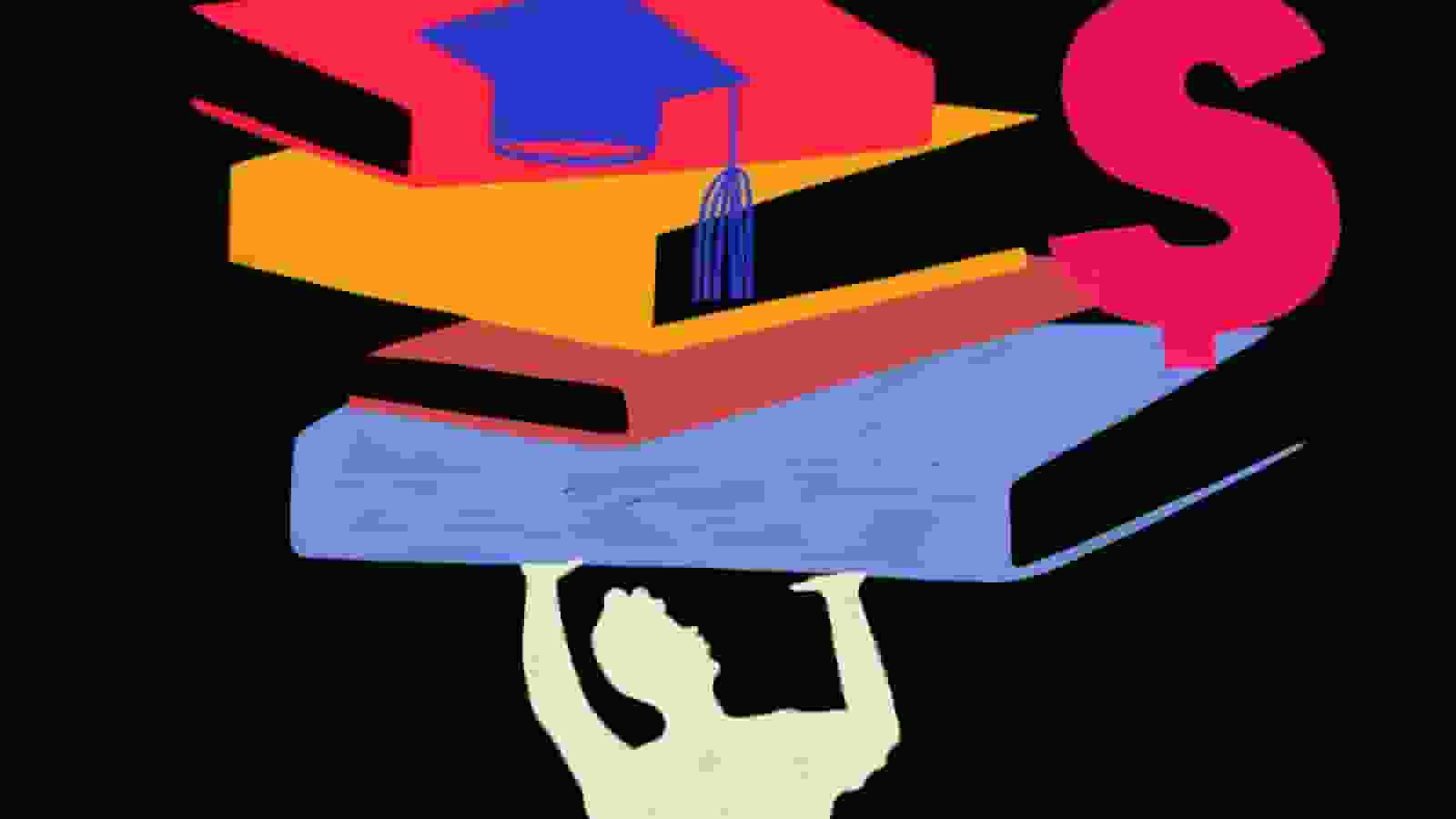Filing for student loan bankruptcy on student loans is a complex and challenging process, but it is possible to discharge either federal or private student loans in court if you can prove undue hardship.

Filing Student Loan Bankruptcy, Will Your Debts Be Discharged? (PHOTO: Debt.org)
Filing Student Loan Bankruptcy?
According to a study by the American Bankruptcy Law Journal, about 4 out of 10 Americans who file for student loan bankruptcy can have their student loans discharged. However, only a tiny fraction of student loan borrowers, around 0.1%, attempt to do so, the Lending Tree website wrote.
To discharge your student loan debt through student loan bankruptcy, you must demonstrate that repaying the loans would have an extremely negative impact on you and your dependents, making it impossible to maintain a basic standard of living. Courts use different standards to evaluate undue hardship, such as the Brunner Test, which evaluates specific factors to determine eligibility, or the “totality of circumstances” standard, which considers various financial resources and expenses related to student loan bankruptcy proceedings.
While there have been efforts in Washington, D.C., to make it easier to discharge student debt through student loan bankruptcy, the results can still vary as each bankruptcy court interprets the standards differently. Some proposed legislation aims to expand the definition of undue hardship to help more borrowers qualify for discharging or reducing their student loan debt.
Proving undue hardship in student loan bankruptcy can be challenging, and the burden falls on the borrowers to establish their qualifications. It often requires being in an extreme financial situation, such as dealing with serious illness, disability, or other severe financial hardships that are unlikely to improve.
When considering filing for student loan bankruptcy, it’s crucial to understand the specific procedure involved, organize all student loan records and financial paperwork, and consider hiring a lawyer to navigate the complex process. However, hiring a lawyer might not always be beneficial, as some judges may view the ability to afford legal representation as a sign that you can afford to repay some of the loans.
READ ALSO: $130 Million Student Loan Cancellation At Colorado College: Biden Administration Announced!
Student Loan Bankruptcy Proceeding
Filing for student loan bankruptcy involves submitting an adversary proceeding, which is a hearing to determine the possibility of discharging your student loan debt. The bankruptcy type, either Chapter 7 or Chapter 13, will affect how student loan debt is treated.
Before resorting to bankruptcy, it’s essential to explore other repayment and forgiveness options available for student loans, such as income-driven repayment plans, deferment, forbearance, and Public Service Loan Forgiveness (PSLF) for those working in qualifying public service organizations. Private loan borrowers should also inquire about hardship programs with their lenders.
Filing for student loan bankruptcy should be a last resort due to the extensive impact it can have on credit and finances. It is important to research and consider all available options for student debt relief before pursuing bankruptcy.




![Tyson Foods Plant [Photo: Food Manufacturing]](https://southarkansassun.com/wp-content/uploads/2023/08/iStock_1185520857__1_.5e441daa51cca-600x337.jpg)








![Silverado Senior Living Management Inc. [Photo: Los Angeles Times]](https://southarkansassun.com/wp-content/uploads/2023/10/download-6-4-600x337.jpg)

![China's Wuhan Institute of Virology [Photo: Nature]](https://southarkansassun.com/wp-content/uploads/2023/09/d41586-021-01529-3_19239608-600x337.jpg)















